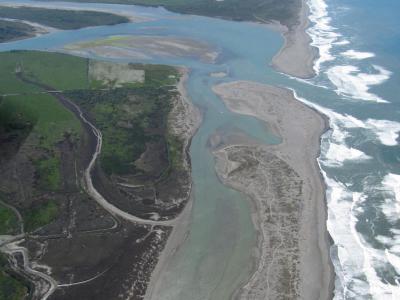The Impacts of Cannabis Cultivation on Fisheries Recovery
Session Coordinator:
Dougald Scott, Ph.D., Northern California Federation of Fly Fishers
Unregulated marijuana cultivation has proliferated in northwestern California since at least the mid-1990s. The environmental impacts of marijuana cultivation include water diversions, excessive sediment, and agricultural runoff. The study Impacts of Surface Water Diversions for Marijuana Cultivation on Aquatic Habitat in Four Northwestern California Watersheds indicates that “water demand for marijuana cultivation has the potential to divert substantial portions of streamflow in the study watersheds, with an estimated flow reduction of up to 23% of the annual seven-day low flow in the least impacted of the study watersheds. Estimates from the other study watersheds indicate that water demand for marijuana cultivation exceeds streamflow during the low-flow period. In the most impacted study watersheds, diminished streamflow is likely to have lethal or sub-lethal effects on state-and federally-listed salmon and steelhead trout and to cause further decline of sensitive amphibian species.
Impacts of Surface Water Diversions for Marijuana Cultivation on Aquatic Habitat in Four Northwestern California Watersheds
Scott Bauer, California Department of Fish and Wildlife
Cannabis and Coho
Hezekiah Allen, Executive Director, California Growers Association
Long-Term Streamflow Trends in the Eel River Basin
Eli Asarian, Riverbend Sciences
Regulating the Watershed Impacts of Pot: Assessing the Utility of New Regulatory Regimes for Commercial Marijuana Production on the North Coast of California
Scott Greacen, Friends of the Eel River
Water Resource Protection Requirements for Cannabis Cultivators Informed by Decades of Watershed Restoration
Adona White, North Coast Regional Water Quality Control Board staff with the Cannabis Cultivation Waste Discharge Regulatory Program
Where Has the Water Gone? Is it the Trees or the Weed?
John G. Williams, Ph.D.
Panel Discussion

